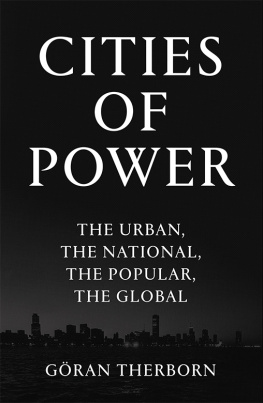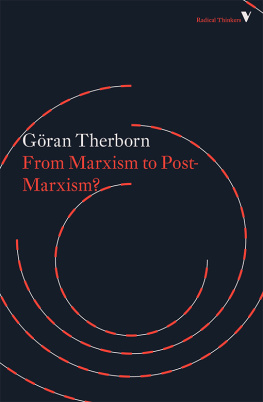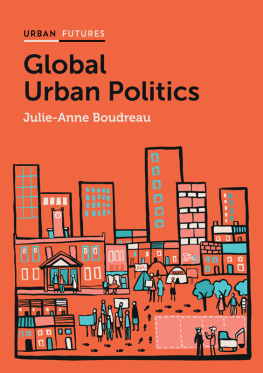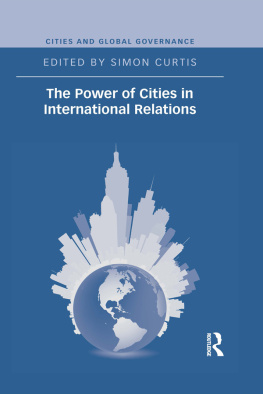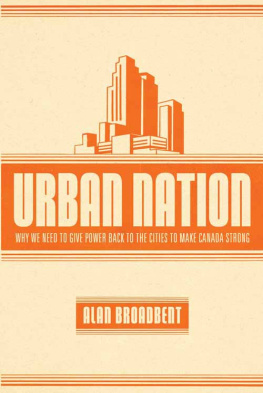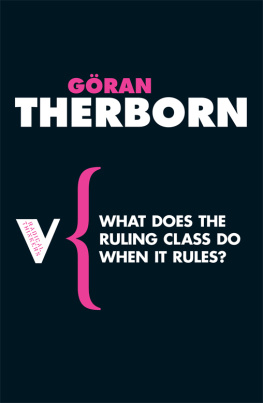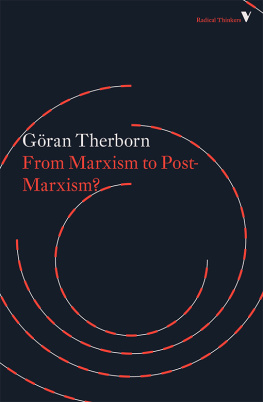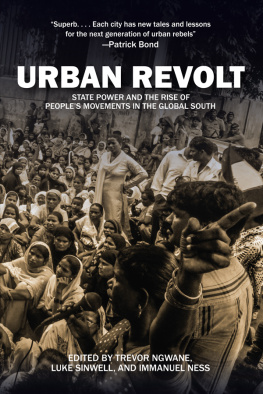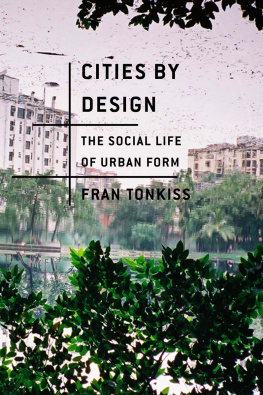This is a book about meetings and relationships between four social forces: the urban, the national, the popular and the global. We shall be watching how they meet and how they change the urban habitat during the lifetime of the national, up until now. The urban is old: cities have existed for thousands of years, but they have been transformed by the arrival of the national in the form of nation-states, just over two centuries ago. The national transformation of cities has focused on the urban centre of the nation-state, its capital, which is the object of this study. Mostly pre-national cities of different kinds were changed into national cities, but sometimes nation-states built new cities for themselves. Nation-states arrived at their chosen capitals along different historical pathways and after long or short, rough or smooth journeys. These historical experiences left enduring marks on each capital city.
Nationalism and nation-states were part of a much larger epochal change, the rise of modernity as a new historical era, rejecting authorities and institutions of the past (inner-worldly ones above all) and trying to create new societies, new cultures, a new world. The national and the global first met in this context, as global nationalism. Major meeting-places of this encounter were the national capitals, which now had to adapt to global models of a capital worthy of the nation, taking in the avenues of Second Empire Paris, the infrastructure of London, in some places the Mall and the Capitol Building of Washington.
Nations developed and changed and the constitutive elites of nation-states were faced with popular challenges from the ascendancy of originally subaltern classes, ethnicities/races and gender groups. Occasionally these challenges were strong and successful enough to create distinctive popular moments of power, manifested in urban history. National struggles for power could take extreme and violent forms, not only destructive and ephemeral, like wars and riots, but also, for a time, forms cemented in the capital city, which we shall also look at.
In recent times the global has taken centre stage, first of all in the form of global, transnational capitalism. To not a few contemporary authors, the national is on the verge of becoming an extinct species, particularly in big cities. We shall look into those claims, sceptically but seriously, trying to disentangle the intertwined dynamics of the global, the national and the local in the new style of globalist urbanism, of verticality, novelty and exclusivity. At the very end we shall venture a glance into the future of our four forces.
Underlying my interest in the choreography of the urban, the national, the popular and the global are old analytical interests in forms and relations of power and in meanings, ideology and symbolic forms. Cities affect us by their spatial structuring of social relations and by their provision of meanings of social life. This might be seen as urban power, but cities in the nation-state era are not actors of power of the same weight as the national, popular and global forces. Cities of our time had better be approached as manifestations and representations of power. Our main research question here is: What kind of power does the urbanity of the capital cities under investigation manifest and represent?
The study is global and historical, from the first national capitals, revolutionary Paris and Washington, D.C., up to today and the flamboyant new capital of Kazakhstan, Astana. But it is, of course, neither an encyclopaedia of the capitals of the world nor a world history of power. It deals with a set of significant examples of the four major kinds of nation-state and national capital formation in the world, with some historical moments of power change and with how capitals of the different national types have had to confront the challenges of popular and global moments.
This has been a project long in coming, arising out of free time in Budapest in 1996, as the incumbent of a temporary European Chair of Social Policy at the ELTE University and many times interrupted by As always, my research is the product of an individual craftsman, not an industrial output by a factory of research assistants.
Without original intention, this book has become part of a tetralogy of global studies, which started with Between Sex and Power: Family in the World, 19002000 (2004). It was followed in 2011 by The World: A Beginners Guide and in 2013 by The Killing Fields of Inequality.
For me this book has been an immensely stimulating and enriching learning experience, one which included, of course, the opportunity to visit the cities treated here. Critical analyses of power more often make one angry than happy. But I do hope that I will be able to convey also something of the excitement at learning about cities and their diversity in time and space.
During this long process, I have piled up an enormous debt of gratitude. My wife, Sonia Therborn, has accompanied me on most of my often strenuous urban explorations since she retired from clinical psychology (and often before) and has transferred her sharp psychological eye onto urban anthropology, enlightening a myopic macro-sociologist.
Perry Andersons characteristically kind and generous encouragement of my first venture into urban studies gave me both courage and motivation to continue. Anne Haila brought me into a most inspiring network of urban scholars working on urban science for the European Science Foundation. Markku Kivinen, director of the Helsinki Alexander Institute, was crucially supportive, both of my first regional workshop and in providing me with an interpreter and companion to Astana. At the end of my stint as co-director of the Swedish Collegium for Advanced Study in the Social Sciences, my colleague Bjrn Wittrock granted me the opportunity to bring together a set of eminent urban scholars as fellows for a year or a semester. This was an enormously stimulating time together with Simon Bekker, Swati Chattopadhyay, Kumiko Fujita, K.C. Ho, Laura Kolbe, Abidin Kusno, Fernando Prez Oyarzn and Karl Schlgel and the start of lasting personal friendships as well as of the cooperation mentioned above.

